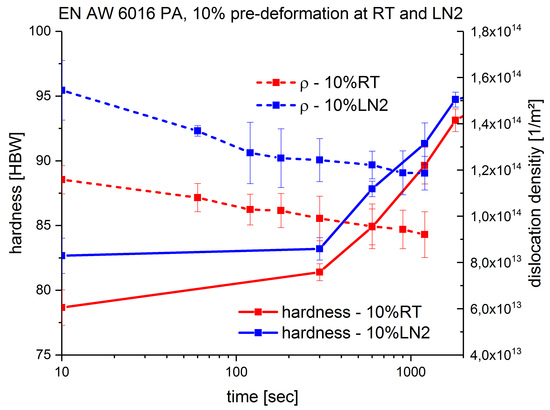Ageing Behaviour of Al–Mg–Si Alloys After Cryogenic and Room Temperature Deformation
Abstract
Share and Cite
Gruber, B.; Grabner, F.; Fragner, W.; Schökel, A.; Spieckermann, F.; Uggowitzer, P.J.; Pogatscher, S. Ageing Behaviour of Al–Mg–Si Alloys After Cryogenic and Room Temperature Deformation. Materials 2020, 13, 554. https://doi.org/10.3390/ma13030554
Gruber B, Grabner F, Fragner W, Schökel A, Spieckermann F, Uggowitzer PJ, Pogatscher S. Ageing Behaviour of Al–Mg–Si Alloys After Cryogenic and Room Temperature Deformation. Materials. 2020; 13(3):554. https://doi.org/10.3390/ma13030554
Chicago/Turabian StyleGruber, Belinda, Florian Grabner, Werner Fragner, Alexander Schökel, Florian Spieckermann, Peter J. Uggowitzer, and Stefan Pogatscher. 2020. "Ageing Behaviour of Al–Mg–Si Alloys After Cryogenic and Room Temperature Deformation" Materials 13, no. 3: 554. https://doi.org/10.3390/ma13030554
APA StyleGruber, B., Grabner, F., Fragner, W., Schökel, A., Spieckermann, F., Uggowitzer, P. J., & Pogatscher, S. (2020). Ageing Behaviour of Al–Mg–Si Alloys After Cryogenic and Room Temperature Deformation. Materials, 13(3), 554. https://doi.org/10.3390/ma13030554







